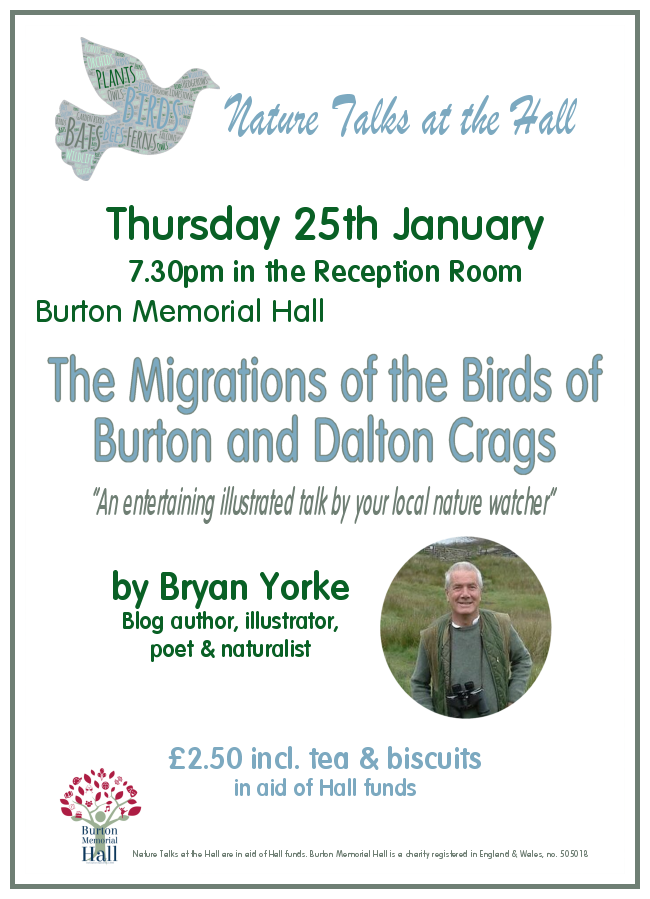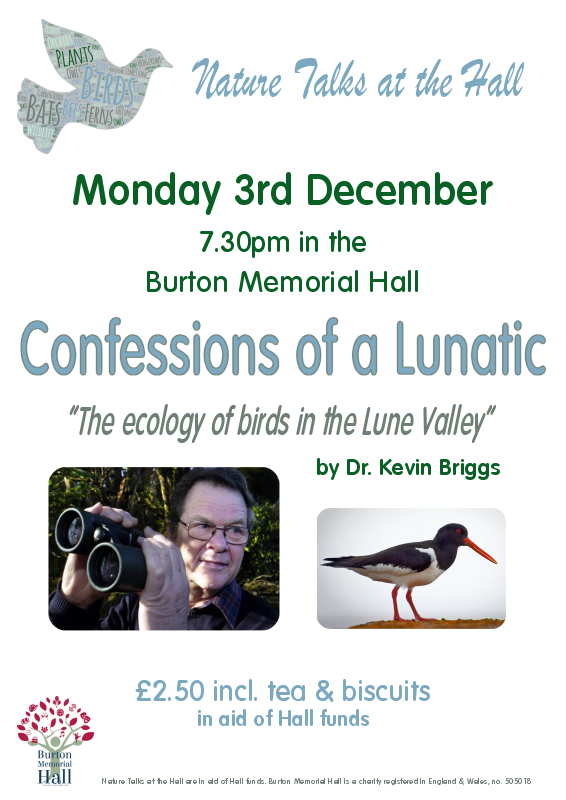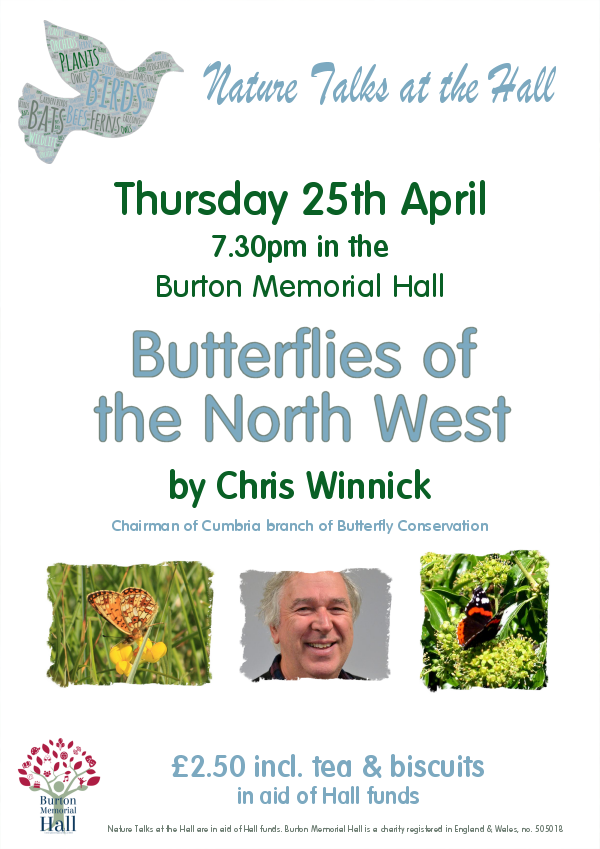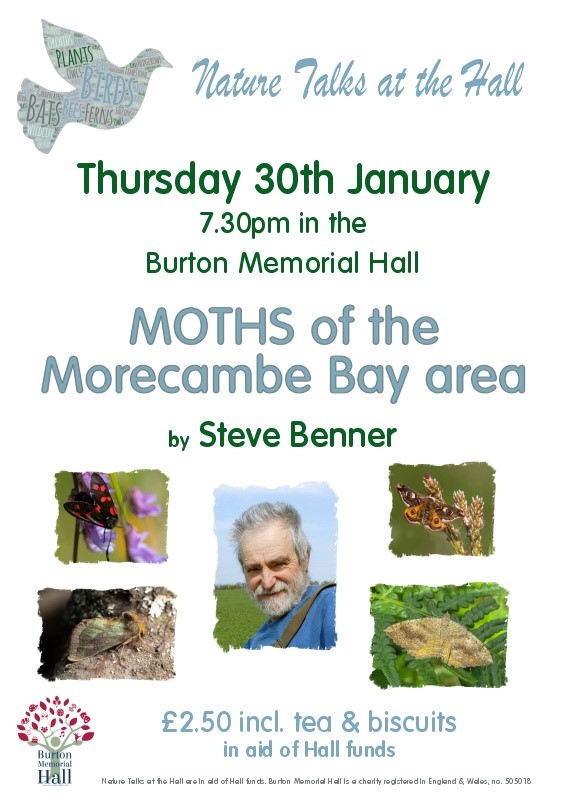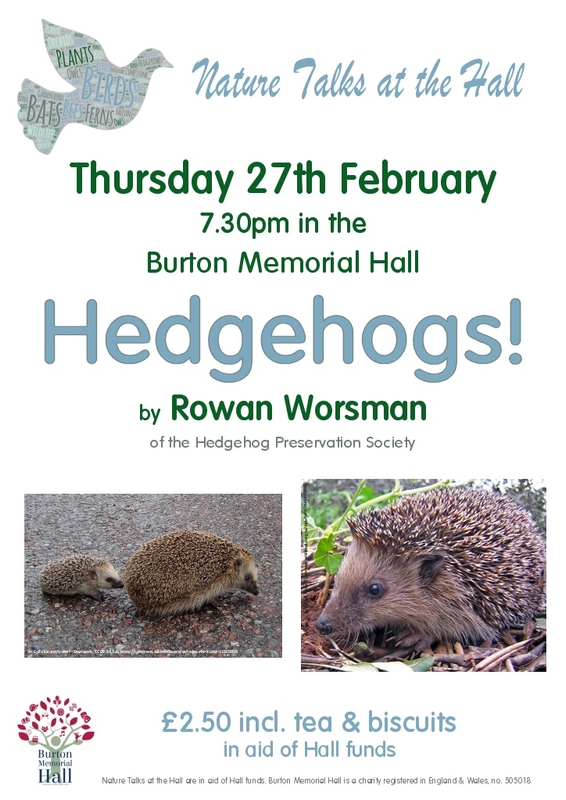Black Shouldered Kite (Click over to enlarge)
I took this photo in GOA (inside) back in 2009
(Photo: B. Yorke)
(Photo: B. Yorke)
It will be great to get back down to GOA for the 14th time to check out some of the fabulous birds. There are hundreds of different birds in the state of Goa with over 1300 different birds in India. For the birder turning every corner holds a surprise.
Every visit to Goa for me just has to include a visit to see one of India's largest and oldest "Banyan Trees" (some actually says its India's oldest!) which lies within the jungle towards the North of Aramble just after leaving the freshwater lake which at the top corner (entry) shows its banks stained with yellow sulphur. Over the years and on my way up to the Banyan tree I have seen all sorts of spectacular birds, some of which I just have not been able to identify, but one in particular I must mention is the "White Browed Fantail Flycatcher" and it is high in the trees, but so interesting to watch whilst it fans out his tail and puffs its wings and then starts turning around in a circular fashion whilst continually flickering the fanned tail. A proper show off and absolutely commanding the birders attention. I never managed to get my own photo but I have managed to find one to put on here for you to see.
White-Browed Fantail Flycatcher (Click to enlarge)
Photo: credit to Alchetron
Each visit to the Banyan tree had its own story to tell with several experiences and memories. The very first time I remember we eventually found the tree after a short trek then crossing a ravine and it was there lying on a sloping bank. There were perhaps up to a dozen or so hippie type unconventional souls sat at the base of the tree which has sort of been made up into a circular shrine type of setting maybe some 20ft diameter. It is customary for one to take there shoes off before entering into the bowels of the Banyan then sit around a long established small crudely made fireplace structure. The first time we visited the hippies were listening to this chap who was somewhere up in the trees shouting out strange voices and stories of "well gone (I'd say!!)" and you could not help but laugh to oneself at the same time wondering if the poor fellow had lost grip with society. The others seemed happy enough sat in a circle have a occasional drag of Hashis which was being freely passed around.
On another visit (in another year) we paid our visit and we were startled to see young naked girls high up on the Banyan's thick branches, the girls were painted in camouflage and laid across the branches of the tree sort of blending in with the tree itself and could be difficult to see, it was certainly interesting to say the least to see how they spent their day!! I guess everything in this place is magical.
On yet another occasion we visited a local (historic) bakery whilst on the approach to Aramble and close to the School, It was a place like going back in the dark ages. We bought some small plain type cakes. When we arrived up on the Banyan tree we thought we would take refreshment and have a drink of our water and enjoy the cakes. The cakes were lovely and we offered them to the guys sat around the fireplace. We enjoyed our cakes, but it soon become obvious that our friends enjoyed them even more than us and it looked very much like they thought the cakes contained a lot "more content" than they actually did.
One year after visiting the Banyan I thought I would try and advance further up into the jungle, yet the only reasonable (but hard) access was heading up through a dried out (at this time of year) ravine and even then having to clamber over large 5ft rounded boulders, but there was no other way, you would have needed machetes to have got through the jungle areas. I had not been going for long maybe a few hundred yards when I heard loud "woh, woh, woh" ........noises from behind me and it became instantly scary because I knew that sound of the very large (almost human sized) monkeys which can be very dangerous to humans, so I quickly made retreat into safer quarters.
When we first used to go up to Aramble (early 90s) you would see the large family groups of these large dark coloured monkeys up on the very tops of the red sanded shrubby hills, high above us and to the sides of the jungle. They must have been looking down on us, but thinking about it the last two or three visits I have not seen them so whether they have retreated I don't know but I will try and check them out next week if I get chance.
This bird below is a "Lesser Sand Plover" I managed to take this photo on the Mandrem Beach on the way up to ARAMBLE.
On another visit (in another year) we paid our visit and we were startled to see young naked girls high up on the Banyan's thick branches, the girls were painted in camouflage and laid across the branches of the tree sort of blending in with the tree itself and could be difficult to see, it was certainly interesting to say the least to see how they spent their day!! I guess everything in this place is magical.
Sat beneath the Banyan Tree (Click over to enlarge)
Photo: B Yorke
One year after visiting the Banyan I thought I would try and advance further up into the jungle, yet the only reasonable (but hard) access was heading up through a dried out (at this time of year) ravine and even then having to clamber over large 5ft rounded boulders, but there was no other way, you would have needed machetes to have got through the jungle areas. I had not been going for long maybe a few hundred yards when I heard loud "woh, woh, woh" ........noises from behind me and it became instantly scary because I knew that sound of the very large (almost human sized) monkeys which can be very dangerous to humans, so I quickly made retreat into safer quarters.
Dried up ravine which was the only way through the jungle
(Photo: B Yorke)
When we first used to go up to Aramble (early 90s) you would see the large family groups of these large dark coloured monkeys up on the very tops of the red sanded shrubby hills, high above us and to the sides of the jungle. They must have been looking down on us, but thinking about it the last two or three visits I have not seen them so whether they have retreated I don't know but I will try and check them out next week if I get chance.
This bird below is a "Lesser Sand Plover" I managed to take this photo on the Mandrem Beach on the way up to ARAMBLE.
Lesser Sand Plover (Click over to enlarge)
Photo: B.Yorke
Photo: B.Yorke
I also found quite a few of these lovely little birds on the beach between Candolim and Calangute, they do not appear to be rare in the area. What a lovely little bird with big black bulging eyes. They are similar in size to the Little Stint. They can be seen dashing in and out with the tide with their little legs running a hundred to the dozen. They are feeding amongst other things on little crabs which are about 1/2" in size.
Red Wattled Lapwing (Click over to enlarge)
(Photo: B. Yorke)
Nearby were we stay and close to Candolim there is a cracking large pool which does not look deep and is a big attraction to lots of waders, egrets, herons and the most beautiful Kingfishers and here I manage to observe a party of the "Red Wattled Lapwings" and also to the edges of that same pool were both a Little Cormorant and Little Egret in the same tree.
Red Wattled Lapwings (Click over to enlarge)
Little Cormorant and Little Egret (Click over to enlarge)
(Photo: B. Yorke)
Intermediate Egrets and Little Cormorant (Click over to enlarge)
This pool of which there are so many in Goa are fabulous areas where you can just sit and watch and you will discover all sorts of birds coming and going especially in the fringe trees. You are spoilt for choice down here with four varieties of Cormorant and six varieties of white egrets. In the photo above you see both Little Cormorant and Little Egret happy enough in one another's company.
Not far from that same pool I would pass lots and lots of Rosy Coloured Starlings sat on the telegraph wires just prior to roost (see photo below)
Rosy Coloured Starlings prior to roost (Click over to enlarge)
(Photo: B. Yorke)
I see lots of Rosy Coloured Starling, they seem to be so common down here. I was watching their behaviour close-up down near Candolim beach, and saw just how agressive to one another they are with lots of shrieking and attacks! Another bird you see regular prior to roost and taking over the local wires are the Jungle Myna's which you can see one here with a rather wet Rosy Coloured Starling below it.
Jungle Myna with a wet Rosy Coloured Starling (Click over to enlarge)
(Photo: B. Yorke)
Just after taking this photo I was walking along a village raised footpath which was a sort of raised banking with paddy fields below and also lots of rough barren fields some 10ft below on both sides which had hundreds of little birds on the wires and also a few bee-eaters on post etc all around, and I noticed in the distance I could see the odd farmed buffalo grazing which must have been some 200 yards away. You met very few villagers on this footpath but this particular day this old guy comes along and starts giving me a broken english "begging speel" which was hardly decipherable, but I told him I was skint and sorry could not help him today. After moving a little further on and the beggar/(later realized farmer) came up with this loud whistle and guess what that buffalo which like I said earlier which was maybe 200 yards was running like the clappers and had closed distance to me to around the 50 yard and looked to me to be heading straight for me, so I decided to leg it very very quickly. Obviously that beggar/farmer had whistled instruction for that buffalo to come to him I could hear the farmer in the close background laughing his head off as he saw me running for my life. So that was yet another Indian experience. I have thousands of stories which I must try and compile some notes.
Not the same buffalo - the one that chased me was far less retiring!
Paddybird or Indian Pond Heron (Click over to enlarge)
(Photo: B. Yorke)
These pools are quite common down near Candolim and this one is a shallow "Lotus" flower pond built purposeful for recreation with seats on the edges. The pond contained some beautiful red coloured lotus flowers, also in the margins of the pond you would see the Pond Herons and at times the colourful White Throated Kingfishers.
Ruddy Breasted Crake (Click over to enlarge)
(Photo: B Yorke)
Just the one time did I actually visit the Hotel Bera Mera which is a recommended birders paradise and I can see why with all the open ground to the back of the hotel, which I could see storks in the distance, but just at the bottom of their garden was this pool here which had on the day of my visit the Ruddy Breasted Crake. I am told now that the pond area has been allowed to become totally overgrown and that the pool has disappeared. Can't believe it! I would have thought it had to have been a great tourist attraction.
Once time we booked on the crocodile trip which went up the canals which link the rivers Mandovi and Zuari and sure enough we saw several crocs, some with the mouths wide open whilst little birds went in their mouths cleaning off their teeth. I saw lots of nice birds in the mango swamps as well, but one bird that has stuck in my mind was that beautiful coloured Black Capped Kingfisher, which had a striking blue colour. I have seen the bird twice now once in the Mangroves and also near the pond in Candolim, but on both occasions only a flitting glance. But here I have managed to show a photo thanks to Tony Hovell.
Black-Capped Kingfisher (Click over to enlarge)
(Photo: thanks to Tony Hovell)
In India there are twelve different Kingfishers, of which eight can be seen in Goa but the more common ones to tourist Goa are likely to be the Pied Kingfisher, White-Throated Kingfisher, Stork Billed Kingfisher, the Black-Capped and the Common Kingfisher. Here below is a beautiful set of all the Goa Kingfishers photos kindly supplied by Bikram Grewal and Savio Fonseca.
The Kingfishers of Goa (Click over and enlarge)
(Photo kindly shared by Bikram Grewal and Savio Fonseca)
I have also had the pleasure of seeing the following birds whilst staying in Goa, but there are many, many more still to see, but for now here are the ones I have listed:
Black Capped Kingfisher, White Breasted Kingfisher, Pied Kingfisher, Common Kingfisher, Grey Heron, Purple Heron, Common Hornbill, Golden Oriele, Night Heron, Blue Rock Thrush, Common Peafowl, Tailorbird, Yellow Cheeked Tit, Little Ring Plover, White Browed Fantail Flycatcher, Brahminy Kite, White Bellied Sea Eagle, Osprey, Rose ringed Parakeet, Coucal, Koel, Small Green Bee Easter, Hoopoe, Large Green Barbet, Wire tailed Swallow, Black Drongo, Rosy Coloured Starling, Jungle Myna, Red Whiskered Bulbil, Magpie Robin, Pied Bushchat, Large Pied Wagtail, House Sparrow, Jungle Crow, Common Pyriah Kite, Red Wattled Lapwing, Kentish Plover, Little Stint, Common Sandpiper, Indian Myna, Goldmantled Chloropsis, Rufous backed Shrike, Cattle Egret, Brown Headed Storkbilled Kingfisher, Little Egret, White Bellied Sea Eagle, Paddy Bird Eagle, Intermediate Egret, Laughing Thrush, Lesser Sand Plover, Ashy Prinia, Purple Rumped Sunbird, Scaley Breasted Munia, White Rumped Minia.
I have spent quite a lot of time whilst in Goa search for my "wish list" bird, checking out a area on the way to Fort Aguada, which the bird has been seen on several occasions, but for me no success at the moment. Here he is the INDIAN PITTA
I have spent quite a lot of time whilst in Goa search for my "wish list" bird, checking out a area on the way to Fort Aguada, which the bird has been seen on several occasions, but for me no success at the moment. Here he is the INDIAN PITTA
Indian Pitta (Click over to enlarge)
(Photo: Kindly shared by Alchetron)
And another one I have always wanted to see and probably more chance of seeing is the Asian Paradise Flycatcher which is regularly seen throughout GOA (so they tell me)
Asian Paradise Flycatcher (Click over to enlarge)
Female to the left and male to the right - Photo kindly shared from Lawrence Neo 2015
I will look up into the sky and quite regular I will see up to 15 kites and eagles soaring together, besides the commonest which will be Bhrimany Kites, you will also get the Black Kite or Pyrah Kites together with serpent eagles and mixed in will be the larger sea eagles. A few years ago I had a sail down the river and at one point had 4 Osprey and also about 10 large buzzards on the sandbanks resting up. Some years I have gone up to Fort Aguada to watch the eagles and kites climb on the thermals whilst coming within metres of you. And that is one thing I like about India, they respect wildlife and leave it alone.
I will look up into the sky and quite regular I will see up to 15 kites and eagles soaring together, besides the commonest which will be Bhrimany Kites, you will also get the Black Kite or Pyrah Kites together with serpent eagles and mixed in will be the larger sea eagles. A few years ago I had a sail down the river and at one point had 4 Osprey and also about 10 large buzzards on the sandbanks resting up. Some years I have gone up to Fort Aguada to watch the eagles and kites climb on the thermals whilst coming within metres of you. And that is one thing I like about India, they respect wildlife and leave it alone.
It is not just birds, I love to check out anything nature and have managed to see one or two lovely butterflies. The following which until recently I have calling them "Monarchs" but pleased to have been corrected on this and find they are called the "Striped Tiger" (Monarch family) they are pretty good to photograph and allow you to get close.
I have seen some butterflies down in the swamps which are probably as big as my hand, and beautiful colours (yellows and blues), just wish I could have got photos.
Is it right the mongoose gets the Cobras? yes they do but not all make it, occasionally the mongoose can be too slow. We stopped at the Silver Sands at Candolim and we had mongoose running over the roof every night.
There is some really beautiful snakes also in Goa but usually they keep themselves to themselves, but I have managed to see odd ones wriggling away, but there was one sad occasion which I want to report.
We heard such a commotion in a very built up area on the main Fort Aguada road at Candolim and from a distance it looked like a large crowd had gathered surrounding what at first we thought was a fight but it turned out that these Indian guys were actually smacking a large venomous snake and they kept hitting in with old palm leaves/stalks and kept beating it until the snake was dead and they had removed its head and they hung the snake on a local bush and I photographed what was left of the poor creature. It turned out it was a very venomous snake called a Russell's Viper. I was so surprised it was found on the busy local walkway and can only presume it had come up through the overgrown disused gardens gone wild belonging to the old Portuguese villa homes close by. I knew there were Cobras around because of the tales I had heard with the mongoose, but did not know there were Russell's.
Russell's Viper - Aguada Road - Candolim
(Photo: B Yorke)
This shows the small birds (mainly Munas) collecting on the electric wires, sometimes there could be up to two hundred at a time.
Here is a mixture of birds with several Muna's
(Photo: B. Yorke)
Black Drongo
Black Winged Stilt
Brahminy Kite
Blossomheaded Parakeet
Koel
Red Vented Bulbil
Small Green Bee-eater and what I think is a Richards Pipit
(Photo: B. Yorke)
Common Mormon (Click over to enlarge)
Photo: B. Yorke - Candolim 2011
Also a big thank you to Mandy Rush for helping me with the identifications of the
following GOAN butterflies
Blue Tiger (Tirumata limniace)
Photo: B. Yorke - Candolim 2011
Common Albatrose (Appias albina) or Common Emigrant (Catopsilia pomona)
Photo: B. Yorke 2011
Common Sailor Butterfly (Neptis hylas) Click over to enlarge
Photo: B. Yorke - Candolim 2011
Common Indian Crow (Euploea core) Click over to enlarge
Photo: B. Yorke Candolim 2011
Common Pierrot (Click over to enlarge) Candolim Feb -2018
I managed to capture this little butterfly of 1" approx whilst it was on a hedgerow banking with shrub fields behind Candolim area. Quite a few of them about.
Common Mormon at Candolim (Click over to enlarge)
Kindly shared here by Ron Blackburn
Common Jezabel at Candolim (Click over to enlarge)
Kindly shared here by Ron Blackburn
includes Scaley Breasted Munas and also White Rumped Munas
Photo: B. Yorke - 2009 - Candolim Goa
Beautiful yellow wasp of 2" - Candolim 2009
Photo: B. Yorke
Some of my photos from 2018 added:
A rare fern I found in Candolim 2018
This is a very unusual tree growing in the jungle on the way up to the Banyan tree (full trunk of tree showing in the next photo. It was has though it had sea shells planted all the way up!
This years (2018) photo of the Banyan Tree and note the monkey coming down for food (bananas and biscuits). It is said that this Banyan Tree may well be the 3rd oldest in the whole of India.
Found this old Bee/Wasp nest in Aramble Jungle
from Baga Hill
from Baga Hill
from Baga Hill
From Sunset Bar at the start of Baga Hill
Mapusa Market
Mapusa Market
Mapusa Market
**************************************************
Here below is a collection of lovely photos belonging to the collection of Ron Blackburn whom I met whilst down in Goa in 2018 and he kindly suggested that I may wish to include them within this blog. There are some fantastic shots and its a great pleasure to be able to include them here.
Black Headed Ibis (Click over to enlarge)
Photo: Ron Blackburn
Black Hooded Oriele (Click over to enlarge)
Photo: Ron Blackburn
Brahminy Kite (Click over to enlarge)
Photo: Ron Blackburn
Two Brahminy Kites (Click over to enlarge)
Photo: Ron Blackburn
Green Bee-Eater (Click over to enlarge)
Photo: Ron Blackburn
Common Kingfisher (Click over to enlarge)
Photo: Ron Blackburn
Female Koel (Click over to enlarge)
Photo: Ron Blackburn
Red Wattled Lapwing (Click over to enlarge)
Photo: Ron Blackburn
Red Whiskered Bulbil (Click over to enlarge)
Photo: Ron Blackburn
Purple Sunbird (Click over to enlarge)
Photo: Ron Blackburn
Purple Rumped Sunbird (Click over to enlarge)
by Ron Blackburn
Magpie Robin (Click over to enlarge)
Photo: Ron Blackburn
Intermediate Egret (Click over to enlarge)
Photo: Ron Blackburn
House Crow (Click over to enlarge)
Photo: Ron Blackburn
Scaley Breasted Munia (Click over to enlarge)
Photo: Ron Blackburn
Southern Great Grey Shrike (Click over to enlarge)
Photo: Ron Blackburn
White Throated Kingfisher (Click over to enlarge)
Photo: Ron Blackburn
Photo: Ron Blackburn
Collared Kingfisher (Click over to enlarge)
Photo: Kindly shared to us by Ron Blackburn
Indian freshwater Crocodile (Click over to enlarge)
Photo: Kindly shared to us by Ron Blackburn
I have seen quite a few of these on the two main GOA rivers eg: Mandova and the Zwari, they tend to rest up on the sand banks, some will have their mouths wide open and you see little birds inside their mouths cleaning food from their teeth. I was told that there is no knowledge of a freshwater croc ever attempting to take a human for prey, yet obviously it is a totally different story with the saltwater crocs. I have seen these reach the size of about 12-20ft
Photo by Ron Blackburn

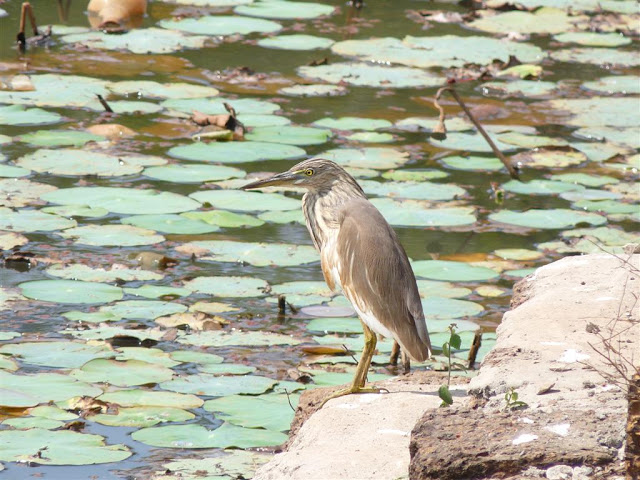








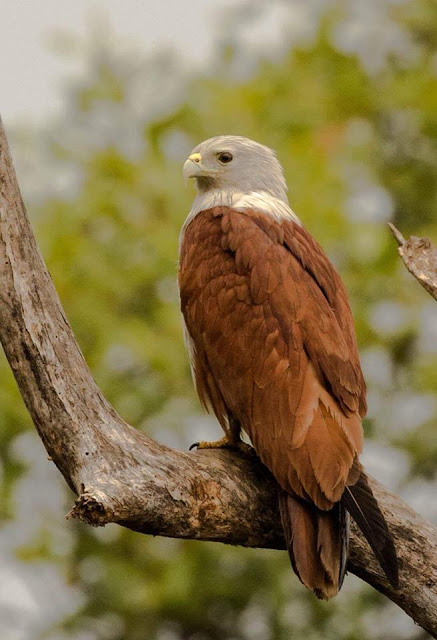






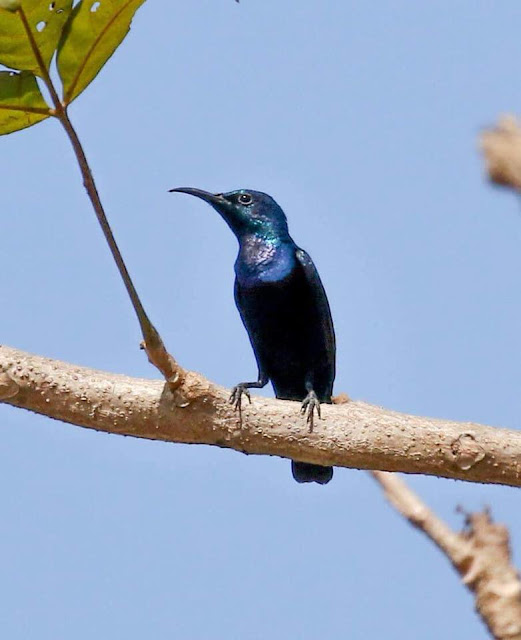










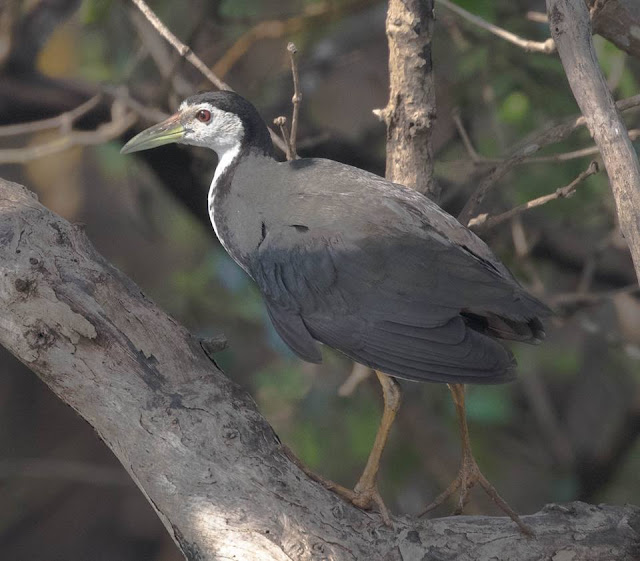

.jpg)
.jpg)




.jpg)



+(Small).jpg)
.JPG)


